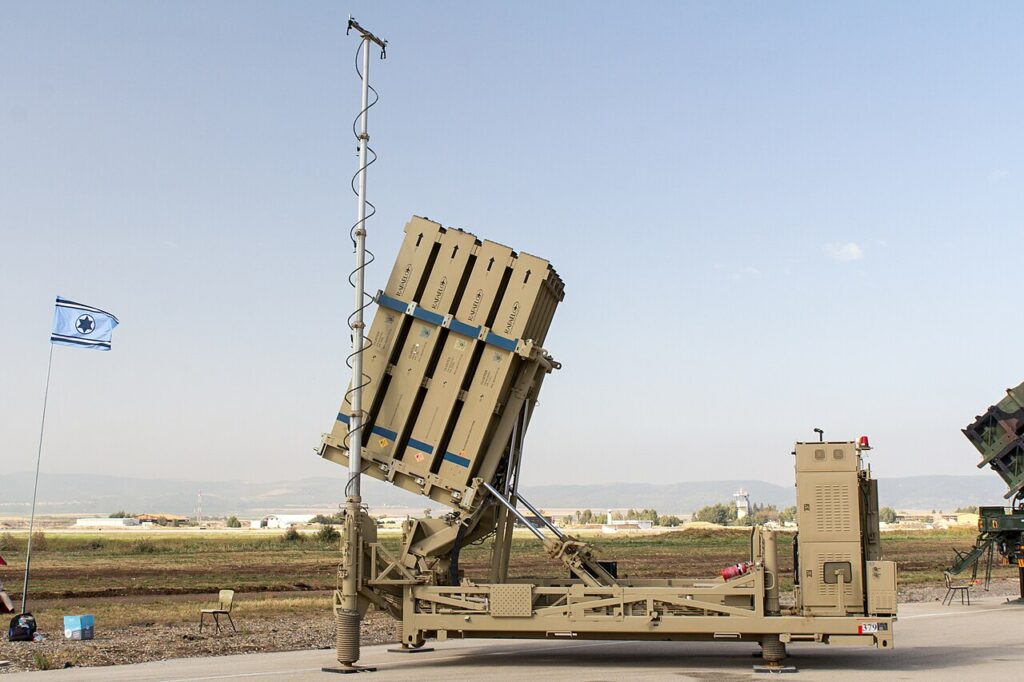
(Rightallegiance.com) – Iran launched an unprecedented retaliatory assault on Israel late Friday and early Saturday after Israeli warplanes and drones struck key military and nuclear sites inside Iran. Explosions rocked Tehran as missiles rained down on Israel, prompting emergency sirens across cities including Tel Aviv and Jerusalem and igniting fears of a conflagration in the region.
According to Israeli officials, approximately 100 Iranian missiles and over 150 drones were launched in two separate barrages targeting both military and civilian areas. While Israel’s Iron Dome and Arrow defense systems intercepted a large portion of the assault, some projectiles broke through, striking central Tel Aviv and the city of Rishon LeZion. At least three civilians were killed, dozens injured, and several homes damaged amid collapsing structures.
U.S. military forces played a significant role in bolstering Israel’s defense. Patriot and THAAD ground-based missile systems, alongside U.S. Navy destroyers and air patrols in the eastern Mediterranean, were engaged in intercepting inbound threats. American forces provided essential support, deploying ground-based interceptors and repositioning assets to best defend both Israeli airspace and U.S. personnel in the region.
Israel confirmed that recent airstrikes inside Iran had targeted its nuclear infrastructure and resulted in the death of top military commanders and scientists—strikes Tehran warned would invite a forceful response. Iran publicly stated the missile barrage was retaliation and indicated that further rounds might follow—a declaration Palestinian analysts describe as a widening of hostilities. Iran’s Supreme Leader Ayatollah Khamenei emphatically vowed continued retaliation if Israeli attacks persist.
Tensions soared further when Israeli Defense Minister Israel Katz warned that “Tehran will burn” should Iran continue targeting Israeli civilians. In turn, Iran reportedly threatened further hostilities, possibly against U.S. assets and allies. Regional allies—including Gulf states—have urged immediate de-escalation, while global markets responded with a surge in oil and gold prices.
The back-and-forth strikes have already disrupted diplomatic efforts. A planned round of U.S.–Iran nuclear negotiations in Oman was suspended indefinitely, with mediators citing security concerns.
On the ground in Israel, civilian life remains disrupted. Sirens continue to wail across major cities, air raid shelters have reopened, and emergency services are strained. Paramedics worked through the night to evacuate the injured and recover victims—a grim reminder of how quickly conflict has reignited. Meanwhile, Israeli reservists have been mobilized for a potential northern front, and the government is convening its war cabinet to discuss whether to launch further strikes inside Iran.
Analysts caution that this crisis could spiral into a broader regional war. The involvement of U.S. military assets signals a dangerous threshold had been crossed—one that could trigger attacks on American bases or allied nations. Both Israel and Iran are reportedly preparing for the next stage of conflict, with Iran hinting that this may not be its final barrage.